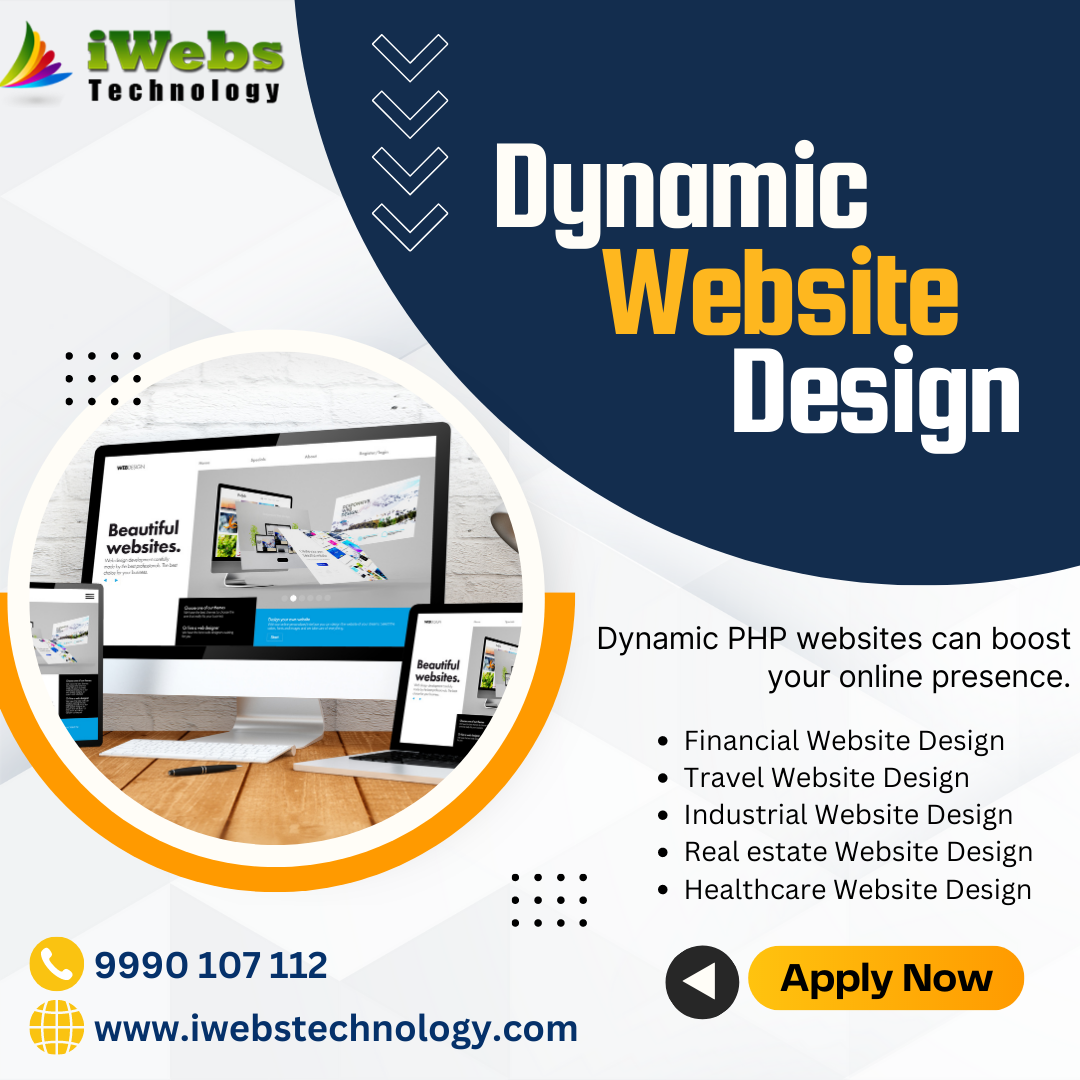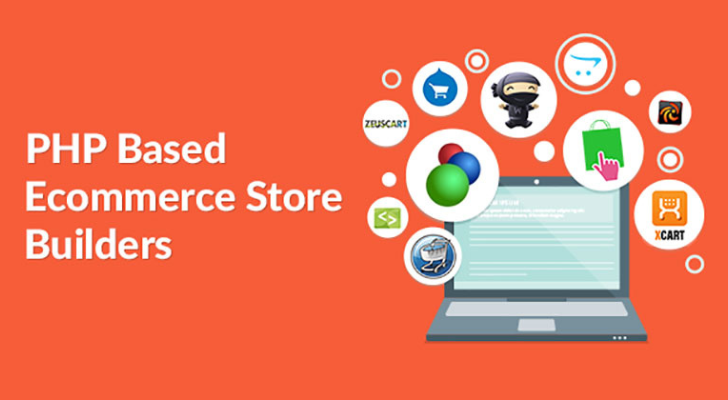PHP Ecommerce

Web / Mobile Version!
List of Features
- Client-Side Interaction
- Admin Panel
- Customer Registration
- Add to Cart System
- Checkout System
- Update Billing Address
- Search, Filter Products
- Product Categories
- Featured Products
- Latest Products
- Popular Products
- View Order History
- Manage Shop Settings
- Product Management
- Order Management
- Pending Orders, Shippings
- Set up Image Sliders
- Set Shipping Charges
- Page Settings
- Set Social Media Links
- Subscribers
- View Registered Customers
- Update Customer Profile
- Manage Website Settings

PHP, a versatile server-side scripting language, has been a cornerstone in the development of dynamic and interactive websites. When it comes to ecommerce, PHP plays a pivotal role in creating robust and scalable online stores. Let's delve into the key features, benefits, and considerations of using PHP for ecommerce development.
About Ecommerce Website Development
This project builds a complete online store, allowing customers to browse and purchase products just like familiar shopping websites. It offers features for both customers and administrators. Customers can easily register, find products through filters, add items to their cart, complete secure checkouts, and track their orders. On the other hand, administrators have a dedicated panel to manage products, orders, customer information, website settings, and even manage subscriptions (if applicable). This web application provides a seamless shopping experience for customers, while empowering administrators with comprehensive control over the store.
Featured, Latest and Popular Products
For successful eCommerce websites, certain sections are crucial to user satisfaction. These sections go beyond just keeping users happy – they foster a two-way connection between your website and your customers. The featured products section is a prime example. It acts as a spotlight, showcasing specific products to grab users' attention and potentially boost sales. Similarly, the "latest" section, true to its name, displays recently added items, keeping users informed about new arrivals. Finally, a "popular" section can be created based on product views, automatically highlighting the most in-demand items. The best part? All these sections are fully customizable by the administrator, allowing them to control the number of displayed products.
Cart, Product Category, View Customer’s Order and More
Browsing products is a breeze! Customers can effortlessly switch between categories with a single click. Clicking on a category, like "Men's", instantly filters the displayed products to only those relevant to the chosen category. To ensure smooth navigation, the website utilizes a combination of top-level and sub-menus. Additionally, a convenient shopping cart system allows users to add items for purchase. This cart section offers complete control, enabling users to update quantities, remove unwanted items, and more. But that's not all! Customers can easily access their order history directly from their profiles. This detailed history provides information like product names, payment details, quantities, pricing, and even current shipping statuses. For added convenience, the system empowers users to update billing addresses, modify profiles, and even change passwords.
Admin Panel Features
The admin panel equips administrators with ultimate control. They act as the conductors of the online store, ensuring everything runs smoothly. This includes managing website settings, image sliders, products, orders, customer information, and more. Website settings allow admins to fine-tune elements like header and footer configurations, branding elements, and other website details. Shop settings empower them to manage aspects like color schemes, product sizes, shipping costs, and category structures. Speaking of categories, these can be top-level, mid-level, or sub-categories, creating a hierarchical system for organizing products. Each product requires assignment to a specific category level, just like placing items on shelves in a store. These categories are what populate the navigation bar on the customer-facing side of the website. Additionally, administrators can manage image sliders, page settings, and service sections, all contributing to the client-side experience.
Product Management
Admins have complete freedom to manage all products on the website. This comprehensive product management section allows them to define various details for each item, including name, category, price, size, color, description, features, and even upload multiple images without restrictions. To showcase specific products prominently, admins can easily mark them as "featured," which will display them on the client-side. They can also activate or deactivate products as needed. Furthermore, the system automatically updates product quantities in real-time after each purchase, ensuring accurate inventory levels.
Order Management
The system meticulously tracks all customer orders in this dedicated section. Orders are displayed with detailed customer and product information, including payment methods, amounts paid, and current statuses. By default, all orders have a pending shipping and payment status. Here, admins play a crucial role in verifying each order manually and updating its status throughout the fulfillment process. This includes marking both payment and shipping statuses as "complete" when applicable. Additionally, admins can leverage this section to communicate directly with customers. They can send personalized messages regarding product issues or even simple thank-you notes. This section seamlessly connects to the customer's order history, ensuring information consistency across both sides. Furthermore, the system empowers admins to search orders by product name, customer name, or price details, facilitating efficient order management.
Customer Management and Page Settings
Customer verification is a key step after signup. Once verified, customer accounts are listed in the admin panel's customer section. Here, administrators can access detailed customer information like name, email, contact details, and account status. They also possess the power to modify this status, whether it's deactivating an account or even deleting a customer record entirely. The system also provides a dedicated section for managing website pages like "Contact," "FAQs," and "About Us." This section allows admins to effortlessly update page titles, banner photos, meta keywords, and descriptions at any time. Essentially, the system empowers them to keep all website page details current and accurate with minimal effort.
Key Features of PHP Ecommerce:
-
Open Source: PHP is an open-source language, making it accessible to a vast community of developers. This openness encourages collaboration, innovation, and the development of a rich ecosystem of tools and frameworks for ecommerce.
-
Wide Compatibility: PHP is compatible with various databases, including MySQL, PostgreSQL, and MongoDB. This compatibility allows ecommerce developers to choose the database that best suits the requirements of their online stores.
-
Server-Side Scripting: As a server-side scripting language, PHP enables the execution of code on the server, reducing the load on client devices. This is crucial for ecommerce websites that require dynamic content and real-time interactions.
-
Scalability: PHP is inherently scalable, allowing ecommerce platforms to handle increasing traffic, growing product catalogs, and expanding user bases. This scalability ensures that online stores can adapt to the evolving needs of the business.
-
Extensive Frameworks: PHP has robust frameworks dedicated to ecommerce development, such as Magento, WooCommerce (built on WordPress), and PrestaShop. These frameworks provide a structured and efficient approach to building feature-rich online stores.
-
Security Features: PHP has evolved with an emphasis on security, incorporating features such as data sanitization, input validation, and encryption. These security measures contribute to creating a safe environment for ecommerce transactions and customer data.
-
Community Support: PHP boasts a vast and active community of developers who contribute to forums, discussions, and the continual improvement of the language. This support network is valuable for troubleshooting issues and staying updated on best practices.
Benefits of PHP Ecommerce:
-
Cost-Effective Development: PHP is open source and free to use, making it a cost-effective choice for businesses looking to establish an online presence. The availability of pre-built modules and libraries further accelerates development, reducing costs.
-
Rapid Development: PHP's syntax is concise and easy to learn, facilitating rapid development. This is especially advantageous for ecommerce projects with tight timelines or businesses aiming for quick time-to-market.
-
Flexibility and Customization: PHP provides the flexibility to customize ecommerce websites according to unique business requirements. Whether it's designing a specific user interface or integrating third-party APIs, PHP allows developers to tailor solutions to meet specific needs.
-
Compatibility with Content Management Systems (CMS): PHP seamlessly integrates with popular CMS platforms like WordPress, enabling the creation of ecommerce websites with rich content and a user-friendly interface.
-
Ecosystem of Tools: PHP has a rich ecosystem of tools, libraries, and frameworks that enhance ecommerce development. Developers can leverage these resources to expedite the development process and incorporate advanced features.
Considerations When Using PHP for Ecommerce:
-
Security Best Practices: While PHP has robust security features, developers must adhere to best practices to ensure the security of ecommerce websites. Regular updates, secure coding practices, and routine security audits are essential.
-
Hosting Considerations: Choosing the right hosting environment is crucial for PHP ecommerce projects. Ensuring compatibility with the required PHP version, database support, and server configurations is essential for optimal performance.
-
Learning Curve: While PHP is beginner-friendly, developers new to the language may experience a learning curve. However, the abundance of online resources and community support makes it easier for developers to acquire the necessary skills.

